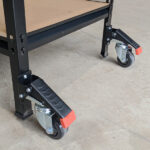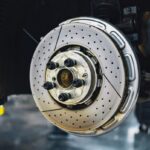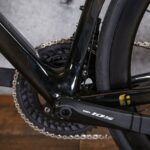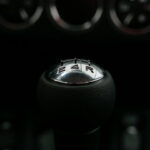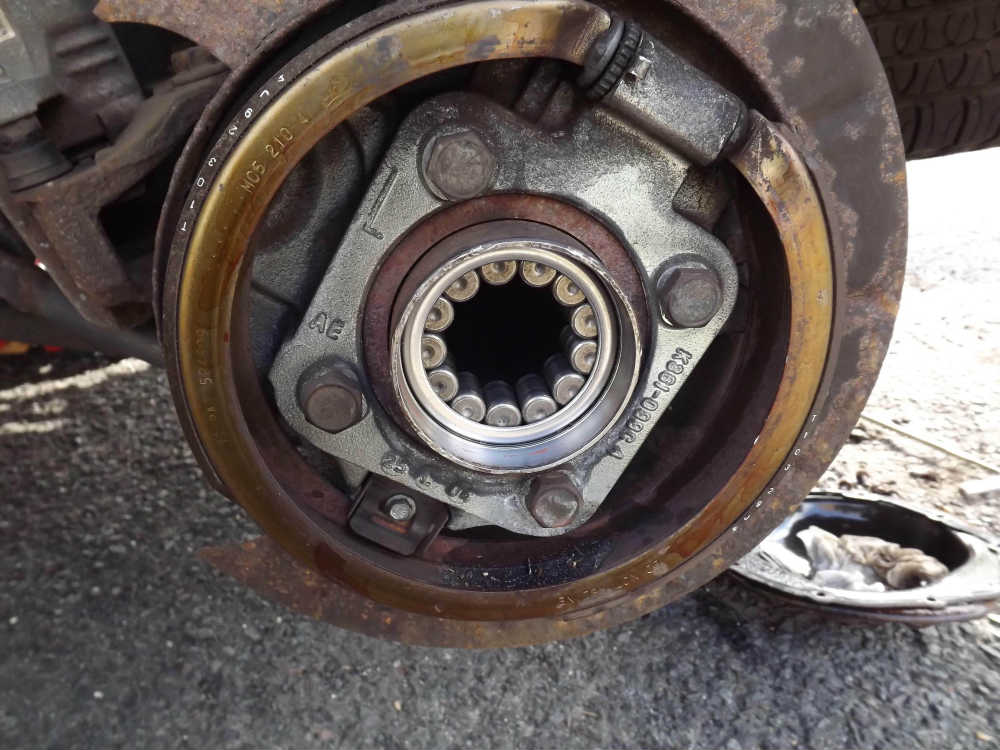
The wheel is considered the most important invention in human history, as it has certainly changed how we transport goods and how we travel. The wheels on your car may be of a different material than the ones used thousands of years ago but they are still the same thing. What makes them a little bit different though are the bearings which allow them to spin so effortlessly.
This part consists of steel balls which are placed together in a metal ring called a race which makes for less friction and faster spinning wheels. The wheel bearing is placed on a metal axle shaft, fitted tightly inside the wheel hub pressed from the back. Rear wheel bearings are different from front wheel bearings and most modern cars use only rear wheel bearings since they are front wheel drive.
How to Check Rear Wheel Bearings?
There are different signs that can tell you when your wheel bearings are in a need of a replacement and sometimes you’ll have to check them yourself. To check the state of a rear wheel bearing the first thing you’ll need to do is check if it is sealed. In case it is sealed, it means that you won’t be able to repack it.
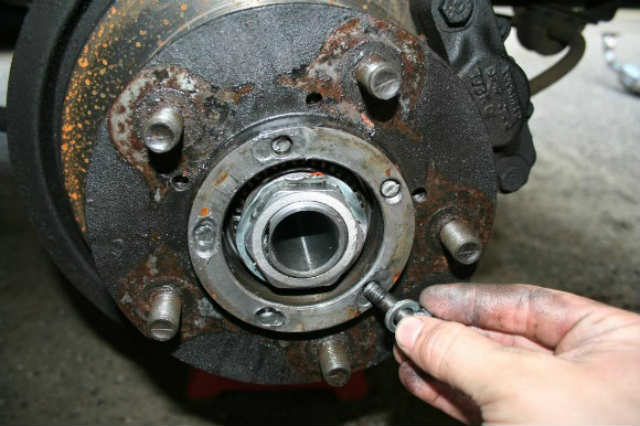
1. Jack up your vehicle until you have the weight off the wheels and place it on jack stands. Then without sliding under your car get a hold of the wheel at the top and bottom and try to rock it. You should feel slight movement but if there is a lot of it, then it means the rear wheel hub bearing is worn and it will either need to be adjusted or replaced.
2. Adjust the the gear in a neutral position and rotate the wheel. Whilst rotating the wheel listen for unusual sounds and also try to feel if there is any roughness as the wheel rotates. Both odd noises and roughness in rotation are solid indicators for a damaged bearing that will need to be replaced.
How to Replace Rear Wheel Bearing?
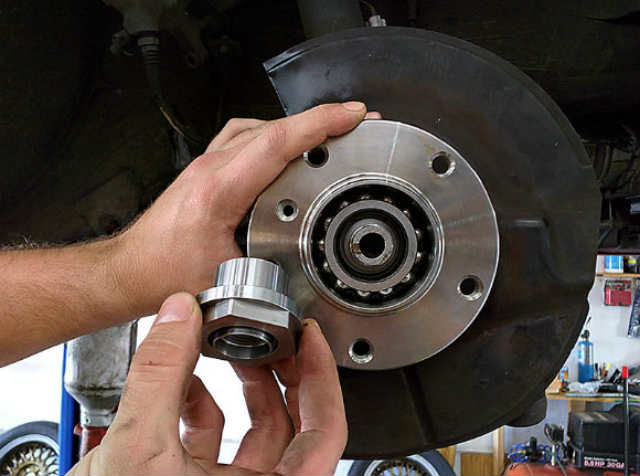
The wheel bearings on older vehicles were regularly greased and had their seal replaced too but with modern vehicles the bearings are sealed permanently. This means they run until they fail which means that you can only replace them. If you have disc brakes, you will have to remove the calliper in order to access the bearing but if you have drum brakes you’ll need to take off both the drum and shoes. You’ll need to have a socket wrench, torque wrench and a deep socket handy when replacing the rear wheel bearing.
1. The first thing to do will again be to lift the rear of the vehicle and set it on jack stands. This time make sure you also loosen the lug nuts on both rear wheels and put chocks in front of the front wheels. Before you proceed with the next step, remove the lug nuts that hold the tires and take the tires off.
2. Loosen the nut at the centre of the wheel with an impact wrench or a drive breaker bar. Once you’ve taken the nut off, go ahead and remove the brake callipers/ drum and shoes. If you have disc brakes you’ll also need to take off the rotor – make sure you release the parking brake once you do so. Some rotors will be held by a pair of Phillips screws in which case you’ll need to use an impact screwdriver.
3. This will bring you to the rear hub which you can remove by having the jack placed under the suspension where the housing is – this will make the axle parallel to the ground. Take a 3-arm puller and position it on the centre of the axle shaft and tighten it on there. The shaft will start to move inward at first until you have the hub out. To remove the bearing race on your own you will need a press which you can find at a machine shop.
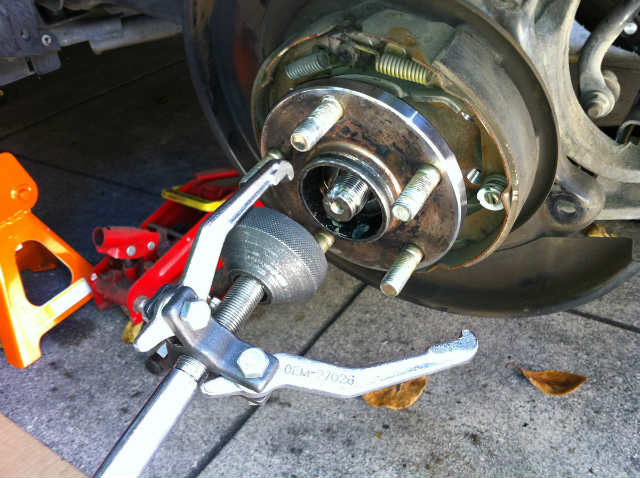
4. After you’ve successfully removed the bearing race you will then proceed by unbolting the tube responsible for the heating supply. There are usually 4 bolts holding the race containers which you will have to remove. This step requires a bearing tool in order to take out the bearing. Once you have the old bearing out, place the new one using the bearing tool, just make sure you grease it beforehand. When you have the new bearing installed, place the bearing race retainers with the torque wrench and tighten them according to your service manual.
5. You will then continue by pressing the rear hub assembly back in its place followed by reinstalling the axle and the hex bolts holding the CV joint. Place the rotor back in place and apply the parking brake. After that, place the main nut on the wheel with the correct torque level and put back the calliper/ drum and shoes. Lastly, reconnect the heater tub before you place the wheel back on and you’re done.

